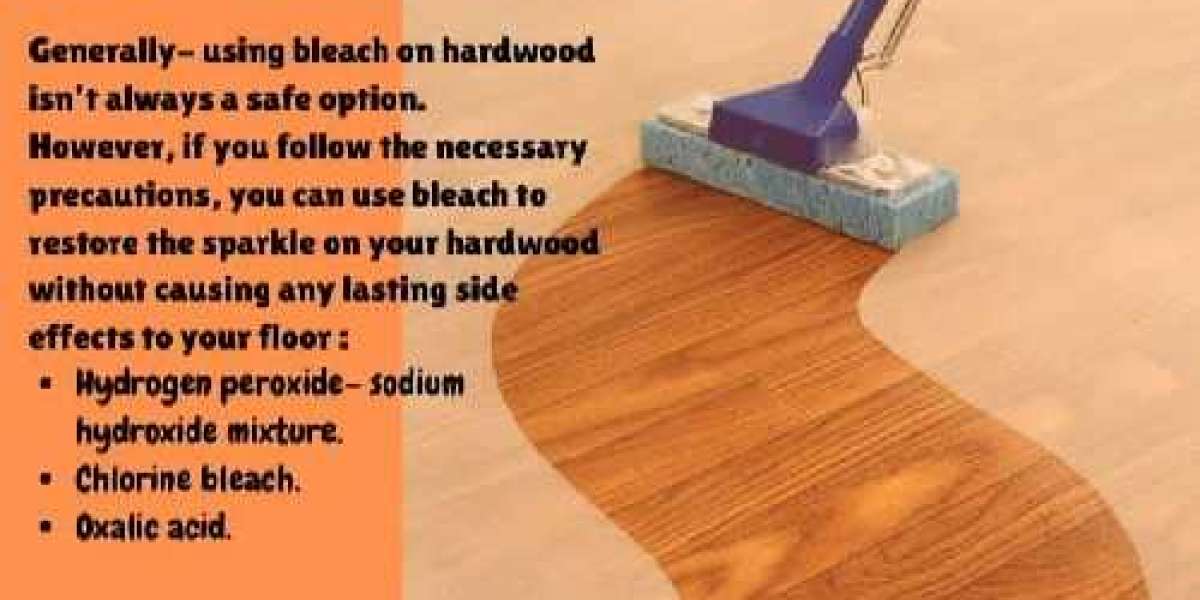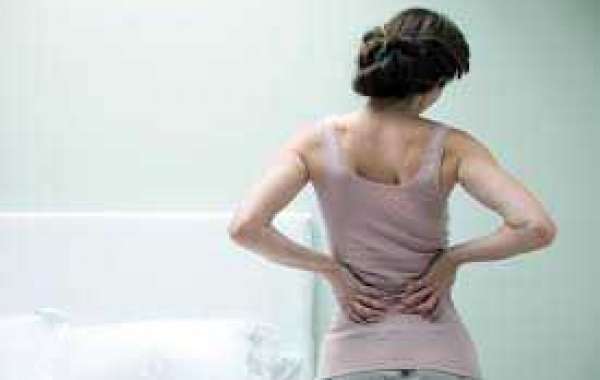Introduction
Laminate floors are a popular choice for homeowners due to their affordability, durability, and aesthetic appeal. While laminate flooring is relatively low-maintenance, spills and stains are inevitable. One common concern is whether bleach can be safely used on laminate floors to remove tough stains and disinfect the surface. In this article, we'll explore the compatibility of bleach with laminate floors, potential risks, and safer alternatives for cleaning and maintaining these types of floors. can you use bleach on laminate floors?
Understanding Laminate Flooring
Laminate flooring is a synthetic flooring product composed of multiple layers. The top layer, known as the wear layer, is a transparent protective layer that shields the floor from scratches, stains, and UV rays. The core layer is typically made of high-density fiberboard (HDF) and provides structural stability. While laminate floors are relatively water-resistant, they are not completely waterproof.
The Compatibility of Bleach with Laminate Floors
Bleach, a powerful disinfectant and stain remover, contains harsh chemicals that can damage various surfaces, including laminate flooring. The primary concern with using bleach on laminate floors is that it can compromise the protective wear layer, leading to discoloration, warping, or even weakening of the floor's structure. Bleach's corrosive nature can break down the protective coatings and cause irreparable damage over time.
Risks of Using Bleach on Laminate Floors
Discoloration: Bleach can strip the color and finish from the laminate floor, leaving behind unsightly patches or faded areas.
Warping and Swelling: The moisture content in bleach can penetrate the laminate layers, causing the planks to swell, warp, or separate.
Loss of Shine: The protective layer that gives laminate its glossy appearance can be eroded by bleach, resulting in a dull and lackluster floor.
Safe Cleaning Alternatives
Mild Soap and Water: Mix a small amount of mild dish soap with water and use a damp, not wet, cloth to gently clean the laminate surface. Avoid excessive moisture.
Vinegar Solution: A mixture of equal parts water and white vinegar can be used to clean and disinfect laminate floors. However, vinegar should also be used sparingly due to its acidic nature.
Laminate-Specific Cleaners: Opt for commercially available laminate floor cleaners that are designed to be gentle on laminate surfaces.
Microfiber Mop: Use a microfiber mop or cloth to clean the floors, as it can effectively capture dirt and debris without causing damage.
Preventive Maintenance Tips
Place rugs or mats in high-traffic areas to prevent excessive wear and tear.
Promptly clean up spills to prevent moisture from seeping into the laminate layers.
Use furniture pads to prevent scratches and marks caused by moving furniture.
Trim pets' nails regularly to prevent them from scratching the laminate surface.
Conclusion
In conclusion, while bleach is a potent cleaning agent, it is not recommended for use on laminate floors due to its potential to cause irreversible damage. Laminate flooring requires a gentle approach to cleaning and maintenance to preserve its appearance and longevity. Instead of using bleach, opt for mild soaps, vinegar solutions, or laminate-specific cleaners along with proper preventive measures to keep your laminate floors looking their best for years to come.








